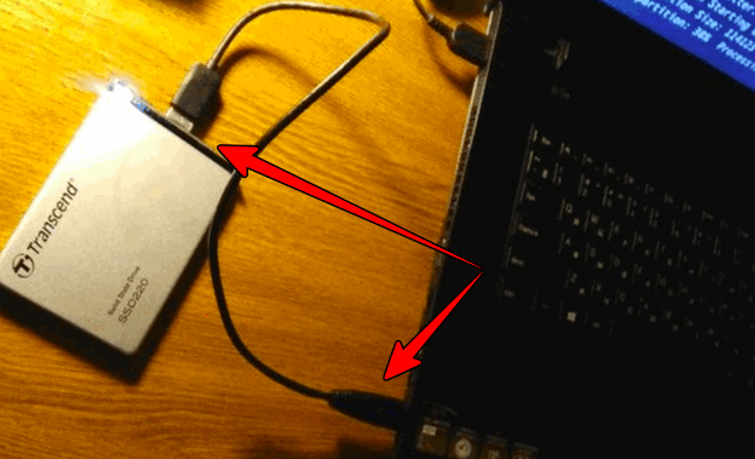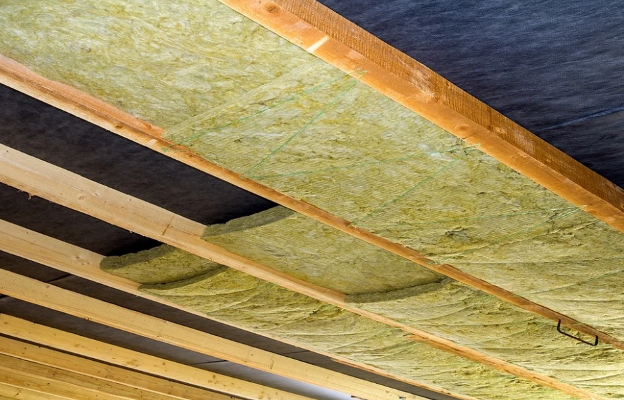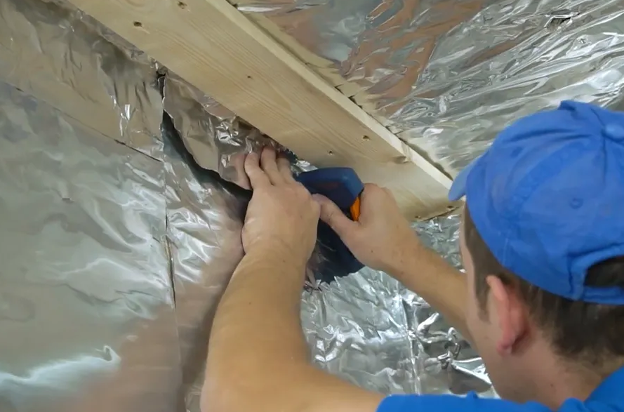Balancing the heating system is performed in cases where the radiators heat up unevenly. The main criterion is that the temperature difference between the first and last battery is more than 10 degrees. You can perform this procedure yourself, since the only equipment you need is a thermometer. A step-by-step description of the work can be found in the presented article.
The content of the article
- Why balancing is needed: main reasons
- What you need for balancing
- Step-by-step instruction
Why balancing is needed: main reasons
Heating balancing is a mandatory procedure that is carried out even if the system is installed correctly. It is carried out after filling the pipes with coolant (usually water) and pressure testing. In the future, the procedure is carried out as necessary, for example, in the following cases:
- radiators that are located closer to the boiler become very hot, while distant radiators, on the contrary, are cold;
- a distinct noise is heard - water is babbling;
- Warm floors heat the surface unevenly.
These signs may also indicate improper installation. But if done correctly, then it is precisely balancing of a two-pipe heating system or a single-pipe circuit that is required.
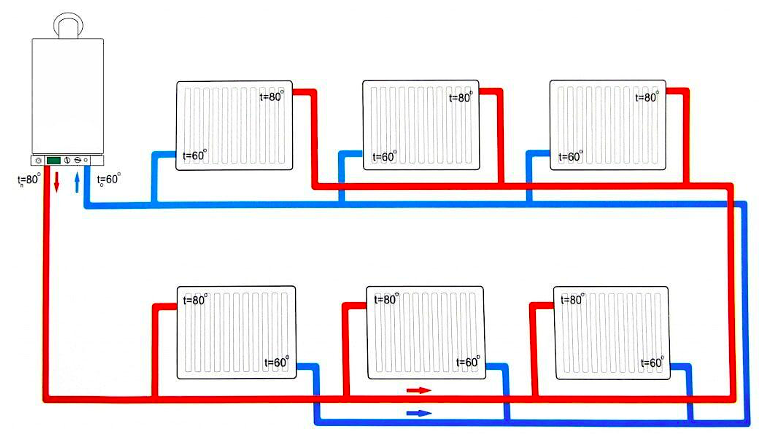
In some cases, it will not be needed, since the problem can be resolved in other ways:
- bleed off the air using the Mayevsky tap;
- eliminate the blockage by cleaning or partially replacing the pipes;
- inspect the expansion tank and ensure the integrity of the membrane, and if it ruptures, replace it;
- inspect the pipes and batteries, if a leak is detected, repair it or replace part of the circuit.
It is important to understand that balancing the heating system in a private home is a procedure that is not carried out unless unnecessary. It is undesirable to interfere with the operation of the circuit, especially without experience. To resort to such actions as rarely as possible, it is recommended not to weaken the flow of water by partially opening the ball valve. It must either be completely open or completely closed.
In the case of an apartment building, it is important not to interfere with the circuit, as this can lead to serious consequences. For example, you cannot install additional risers or move batteries onto the balcony. Such work is carried out only with the permission of the management company, and not independently, but with the involvement of professionals.
What you need for balancing
Balancing of heating radiators is carried out in several stages. You must first prepare the tools and materials:
- screwdriver;
- paper, pencil;
- a key or wing with which to rotate the rod (a hexagon is suitable for this);
- Digital Thermometer.
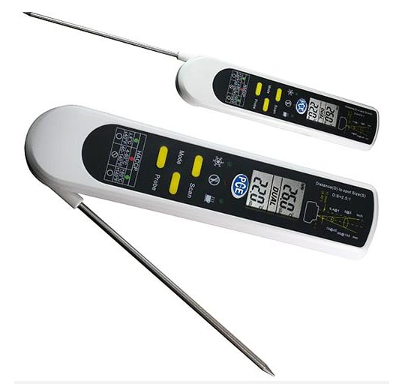
You can also use a remote pyrometer. Regardless of the type of device, you need to take into account that it makes measurements with a small error. Therefore, it is important to take several measurements and calculate the average value for each radiator.
Before balancing, it is important to draw a diagram and determine the order in which the radiators are connected. Also, during preparation, the mud trap, which is installed in front of the boiler, is washed. Then you need to turn on the boiler and wait until the water heats up to 70-80 degrees.
Step-by-step instruction
Instructions on how to balance the heating system in a private home look like this:
- They turn on the boiler and all the valves for adjustment, wait for all the batteries to warm up, including the distant ones.
- Measure the temperature of the radiator closest to the boiler in 2 areas - where the supply and discharge pipes fit. If the difference is no more than 10 degrees, the battery is working correctly.
- Similar actions are repeated with all other radiators, all readings are recorded. It is better to do this directly on the diagram so as not to get confused.
- If the temperature difference between the first battery and the last is within 2 degrees, you need to cover each turn the first radiator valve half or full turn, wait about half an hour, then remove again indications.
- If the difference is more than 2 degrees, then the taps of the first radiator are closed by 50%, and the others by 30%. Moreover, on the last battery the taps are left completely open.
- Then they wait half an hour and take measurements again. It is necessary to ensure that the difference does not exceed the norm of 2 degrees. If the contour is very long, for example in an apartment building, 3 degrees are allowed.
- If necessary, balancing of the heating batteries continues until the correct values are reached. At the same time, it is necessary to listen to each radiator and make sure that there is complete absence of noise.
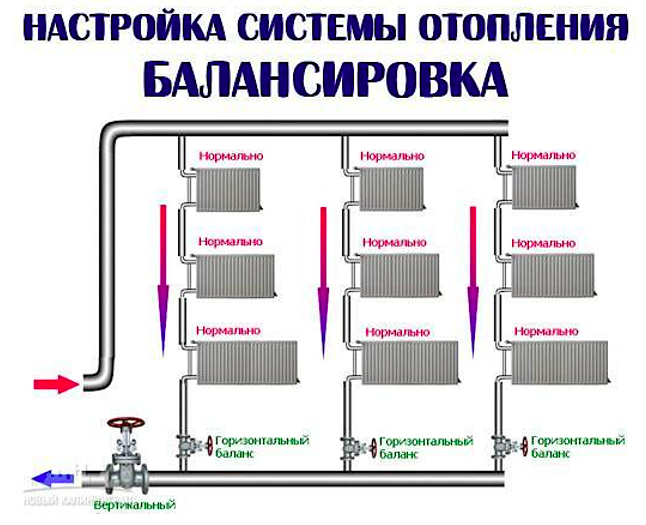
As a rule, it is enough to perform 2-3 procedures to achieve the desired result. Moreover, the taps do not need to be tightened too much - they should be left at least 30%. At the end of the procedure, compare the temperature on the first and last radiator and make sure that the difference between them does not exceed 10 degrees.
